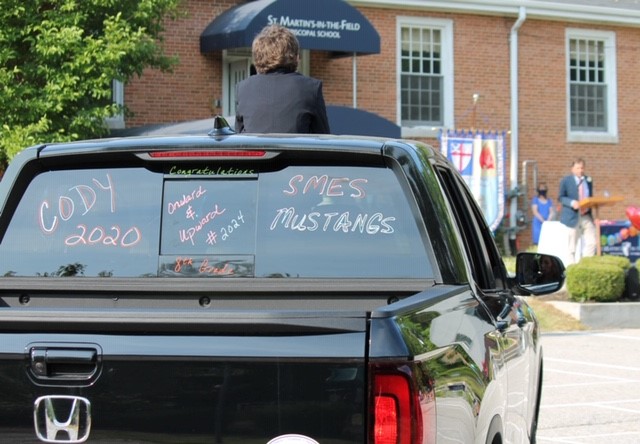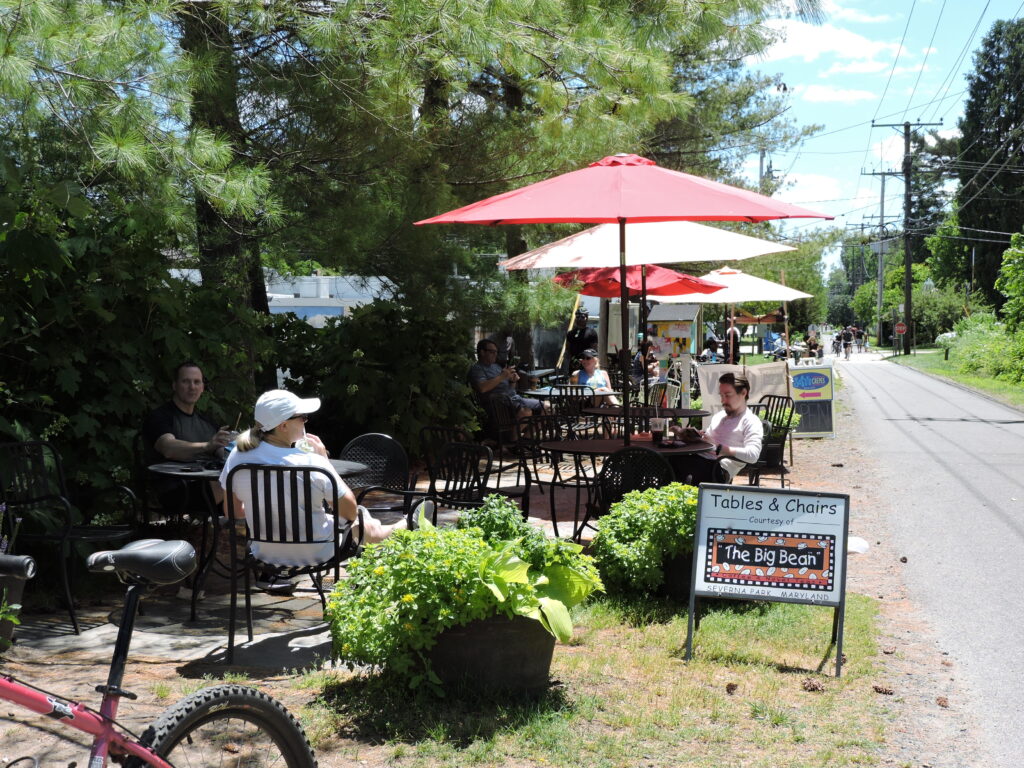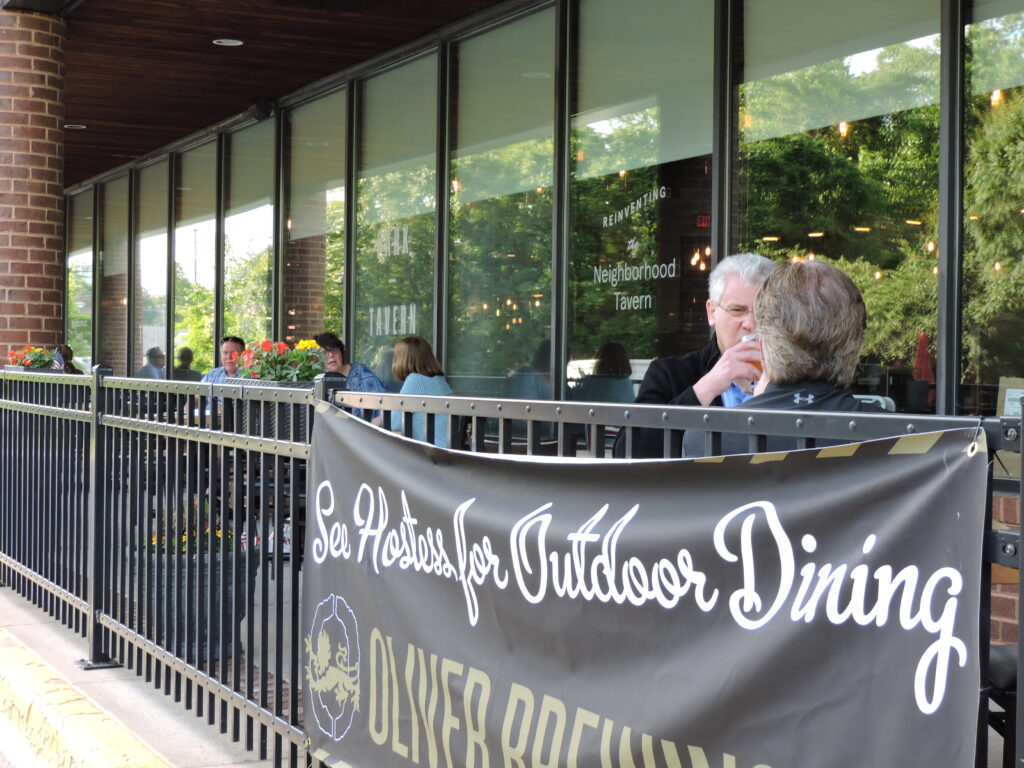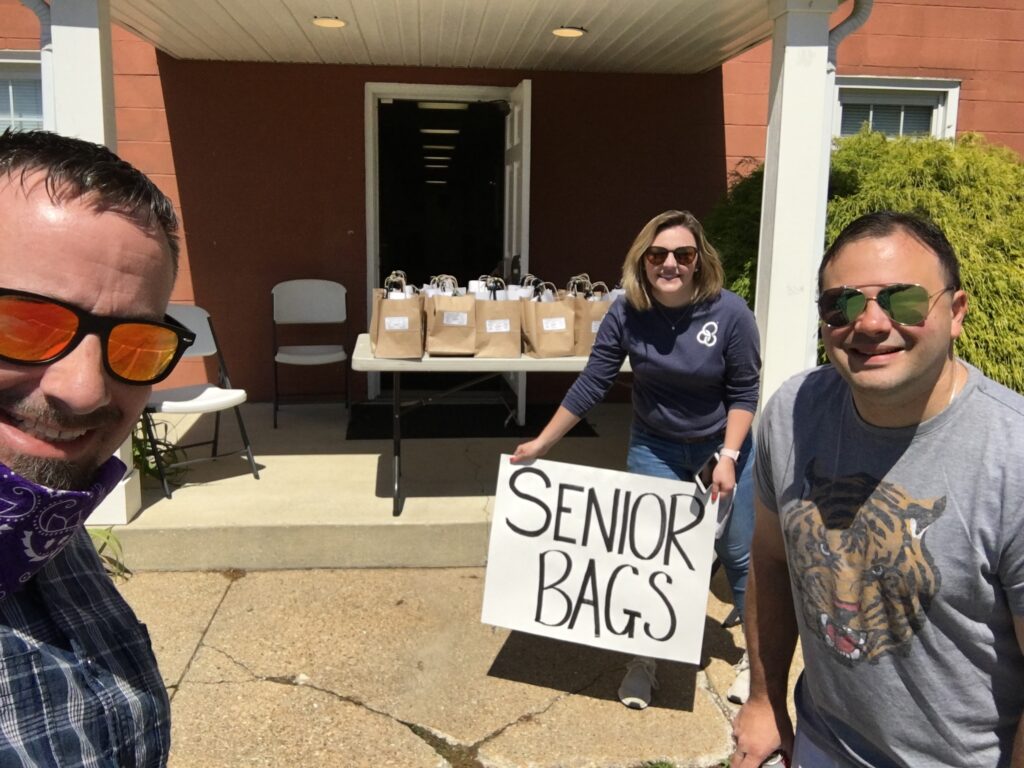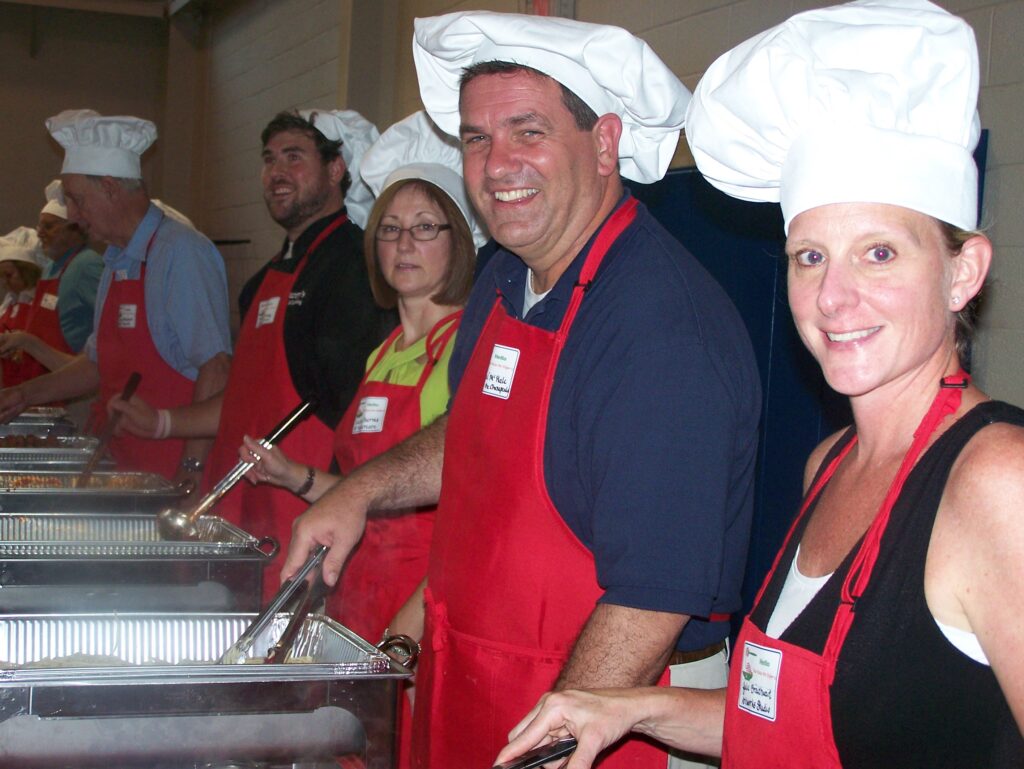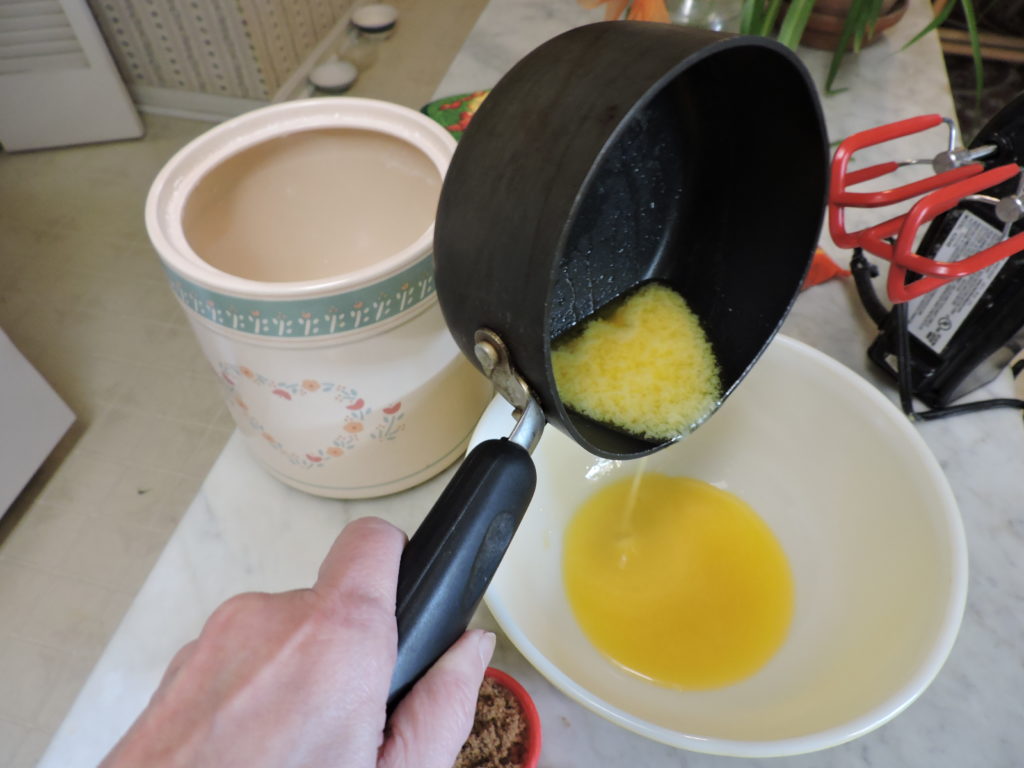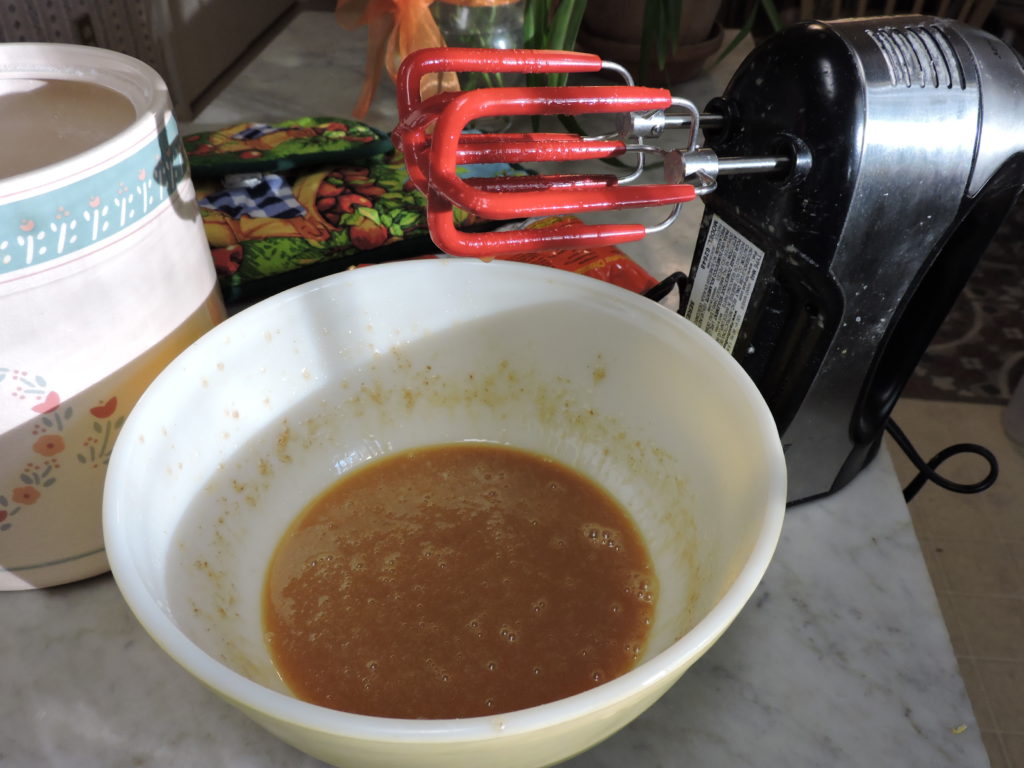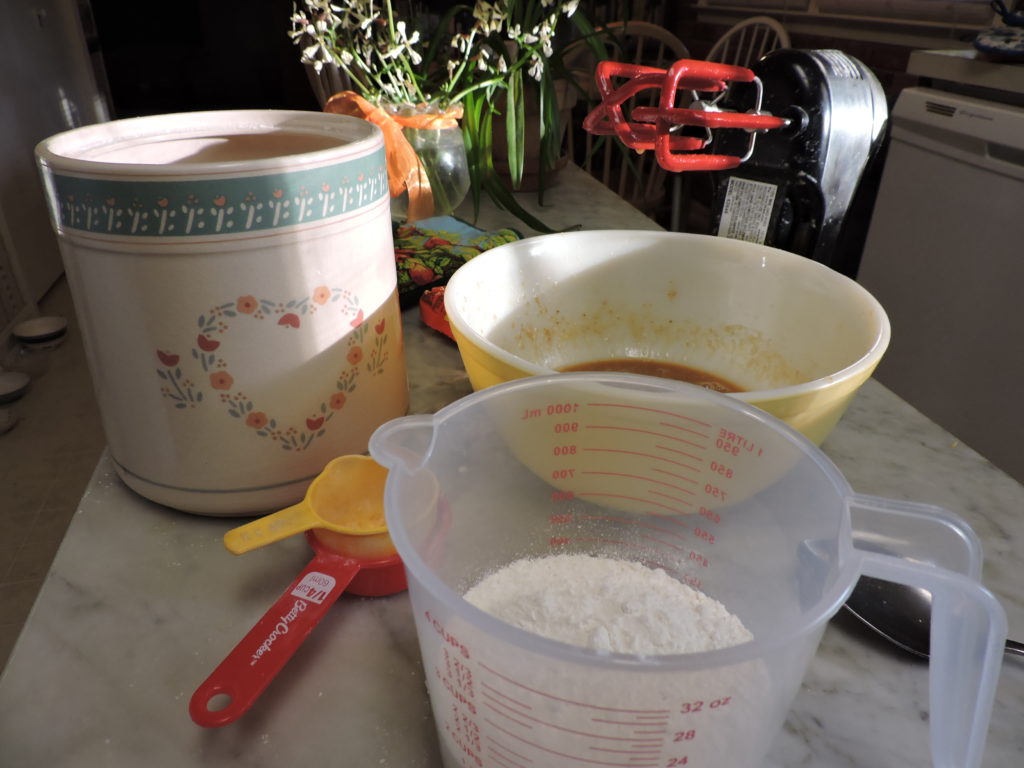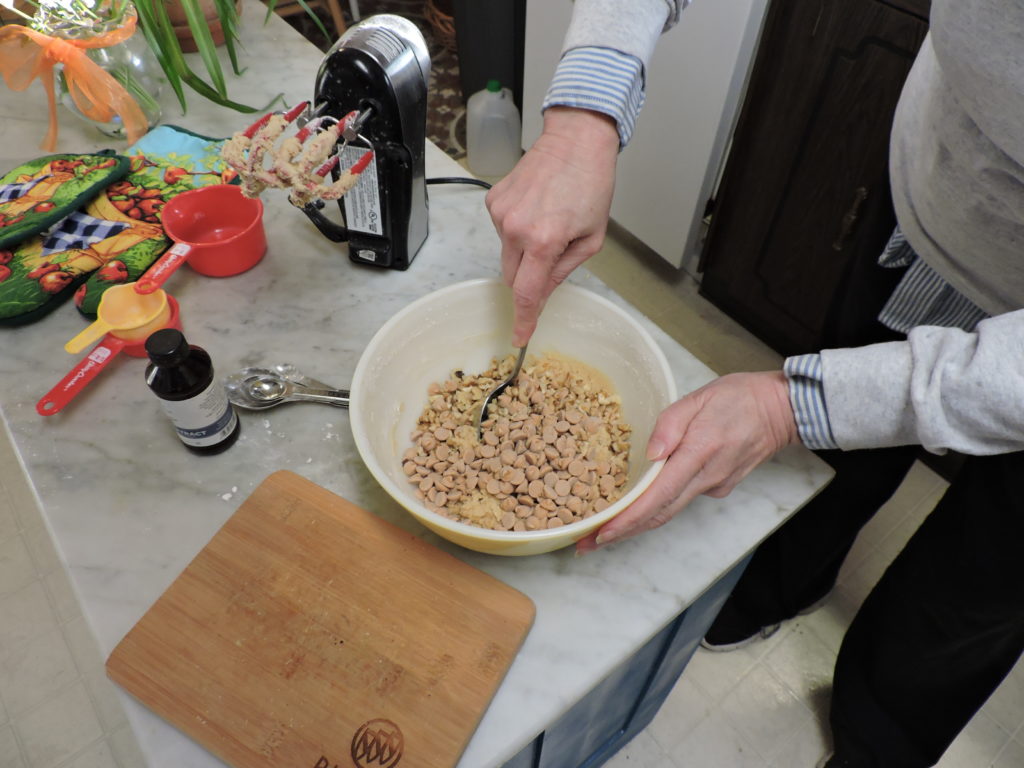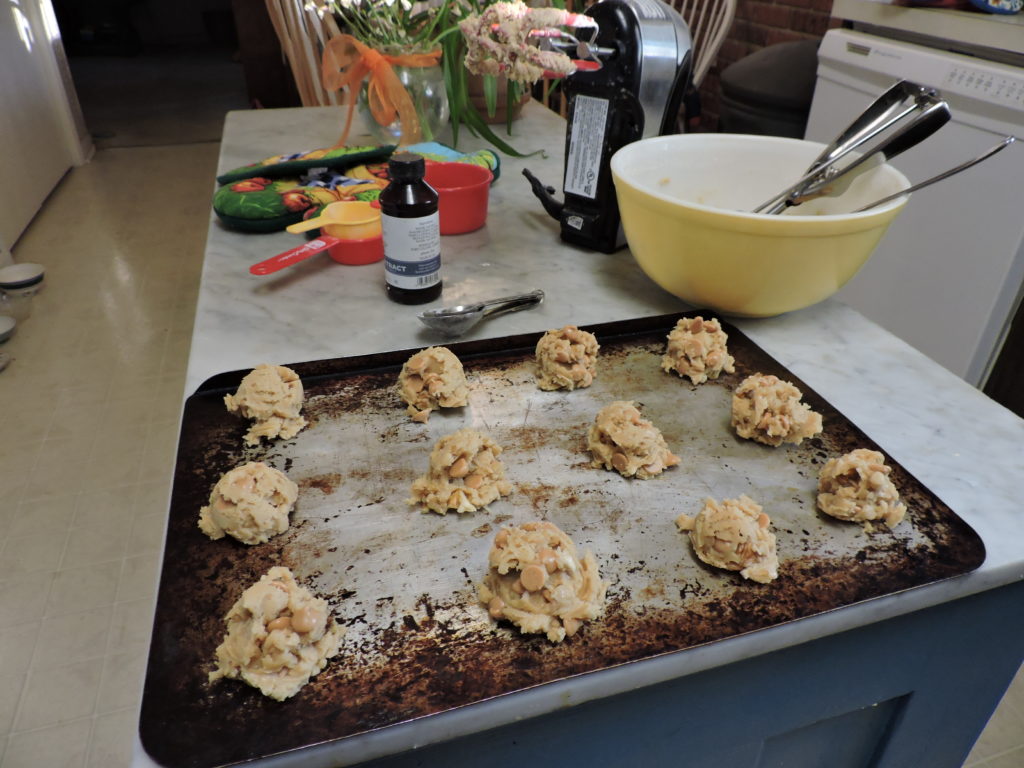AROUND THE PARK AGAIN by Sharon Lee Tegler
Saturday’s weather was steamy but the atmosphere in the large open-air pavilion at Anne Arundel County Fairgrounds was exuberant. Rehearsal had just resumed for Talent Machine Company’s summer youth production of “Willy Wonka”.
Wearing masks with their costumes to meet COVID-19 guidelines and performing six feet apart, the 34-member cast of student actors aged 7 to 14 was clearly delighted to be back together singing, dancing and acting.
While immensely fun, rehearsing was serious business. “Willy Wonka” will debut at the fairgrounds this Friday, July 17 at 7:30 pm and will run Saturday, Sunday and Monday…..then resume performances on Thursday, July 23, followed by shows on Friday, Saturday and Sunday. For the full schedule or to buy tickets, visit https://secure.ticketsage.net/websales.aspx?u=talentmachine. Tickets may also be purchased at the door.
During the cast lunch break, director Katie Peacock said the ambitious production is among the most challenging in the Talent Machine Company’s 33 year history.


The young actors in TMC’s summer youth and summer teen produc-tions come from all over Anne Arundel County so rehearsals are normally held in the air-conditioned comfort of Stageworkz studios in Millersville. The shows are then performed at St. John’s College Key Auditorium. Considering this year’s challenging circumstances, staging “Willy Wonka” is a bold undertaking.
“We weren’t sure whether we’d be able to pull off either show because St. John’s Key Auditorium is closed for renovations and because of COVID-19 restrictions,” said Peacock. “Luckily, we were able to rehearse parts of the production virtually and then we found this wonderful open-air amphitheater.”
“In January, we’d picked the shows ‘Willy Wonka’ for this production and ‘Children of Eden’ for August’s teen production. Then, when COVID restrictions were implemented, we began working with Governor Hogan while searching for an outdoor venue,” the director said. “We explored many and found Anne Arundel County Fairgrounds to be very flexible and helpful. They’re awesome to work with.”
With no hugging or kissing scenes, “Willy Wonka” was the perfect show to adapt to meet the governor’s guidelines. It’s scripted so the actors are spaced reasonably far apart.
When it was determined “the show must go on”, the response from parents was positive and the youngsters who’d looked forward to appearing in the production for months were overjoyed.
TMC has strictly followed COVID guidelines including social distancing while performing and making masks mandatory for cast, staff, parent volunteers and audiences. Several staffers are tasked with taking temperatures.
After a quick run-through of one song, the kids headed to a nearby tent to change into their costumes. In the background, construction sounds were heard as parent volunteers busily built sets.

Student choreographers Whitney Green and Gabby Dean (both of whom have roles in TMC’s summer teen production “Children of Eden”) stood to one side of the amphitheater waiting for the actors to get dressed and discussing the placement of dancers for the next number.
“This is so fun for us,” said Whitney. “It’s such a magical show with so many elements and opportunities for creative choreography,”
Gabby appreciates working with director Katie Peacock and all the actors and dancers.
“It’s great coming out here everyday in the midst of these restrictions when we’re not able to get out often,” she said. “We’ve missed being together.”
Both choreographers said rehearsing for “Children of Eden” helped them understand how difficult it is for the kids to perform wearing masks which restrict their oxygen. So they give the cast frequent rest and water breaks
Costumed and masked, the actors slowly filed back into the tent led by Sydney Owens and Jackson Parlante.

About to be a freshman at Severna Park High School, Sydney is a seasoned TMC performer. Delighted to be appearing in the summer youth production, she plays the role of Mrs. Teavee whose son Mike is a “Golden Ticket” winner. Her favorite musical number is, not surprisingly, “I See It All on TV” which she performs with Finn Carroll who plays Mike.
“The show is wonderful for us. It’s been hard being cooped up so getting together with the other kids is great. This musical provides something for us to aim for and something to do,,” she said. “I’ll admit that wearing masks is challenging because they’re hot and you have to speak and sing more loudly to be understood.”
Matthew Earl, a rising ninth-grader at Archbishop Spalding High School who stars as Willy Wonka, agreed that wearing masks is complicated but well worth the effort. Possessed of a mellow tenor voice perfect for his role, Matthew really likes playing Willy.
“It’s very enjoyable. I love the singing, dancing and acting but I most love being able to create a character who is all over the place,” he said. “Masks were hard to cope with at first but became easier when the principal actors were issued clear ones that are more flexible.”
As the opening bars of “Pure Imagination” sounded, Matthew, in top hat and tails, wound his way through an audience of parents toward the stage delivering a fine rendition of the song.


Great musical numbers followed including “I’ve Got a Golden Ticket”, “Oompah Loompa” and the wonderful “Candy Man”.

Audience members of all ages will find “Willy Wonka” highly entertaining. Plenty of properly-spaced open-air seating is available. Tickets are just $15 and, as mentioned above, are available online or at the door. For further information, visit www.talentmachine.com.
GreaterSeverna Park & Arnold Chamber ribbon cutting celebrates opening of JPAR Maryland Living
The Greater Severna Park & Arnold Chamber’s well-known tradition of ribbon cuttings is finally back just in time for the Grand Opening celebration of JPAR Maryland Living on July 28. The chamber’s newest member, JPAR Maryland Living at 2460 Ritchie Highway in Arnold is a real estate service with listings throughout Anne Arundel County and Baltimore. The ribbon cutting will take place during JPAR’s Open House between 5 and 7 pm.
Severn River Association co-hosts GreenGive
The Severn River Association announced that it is co-hosting the GreenGive, an online fundraising and engagement-building initiative to expand participation in 10 Anne Arundel County waterway and environmental organizations. The GreenGive partner organizations are Unity Gardens, the Watershed Stewards Academy, Spa Creek Conservancy, St. Luke’s Restoration of Nature Project, the Severn River Association, the Severn Riverkeeper Program, ClearShark H2O, the Scenic Rivers Land Trust, Annapolis Green, and Arundel Rivers Federation.
GreenGive, starting on July 21 at 5 p.m. through July 22 at midnight, depends on the collective power of individuals giving online to provide the critical funds needed to protect our local waters and lands. To donate visit https://www.greengive.org/.


















